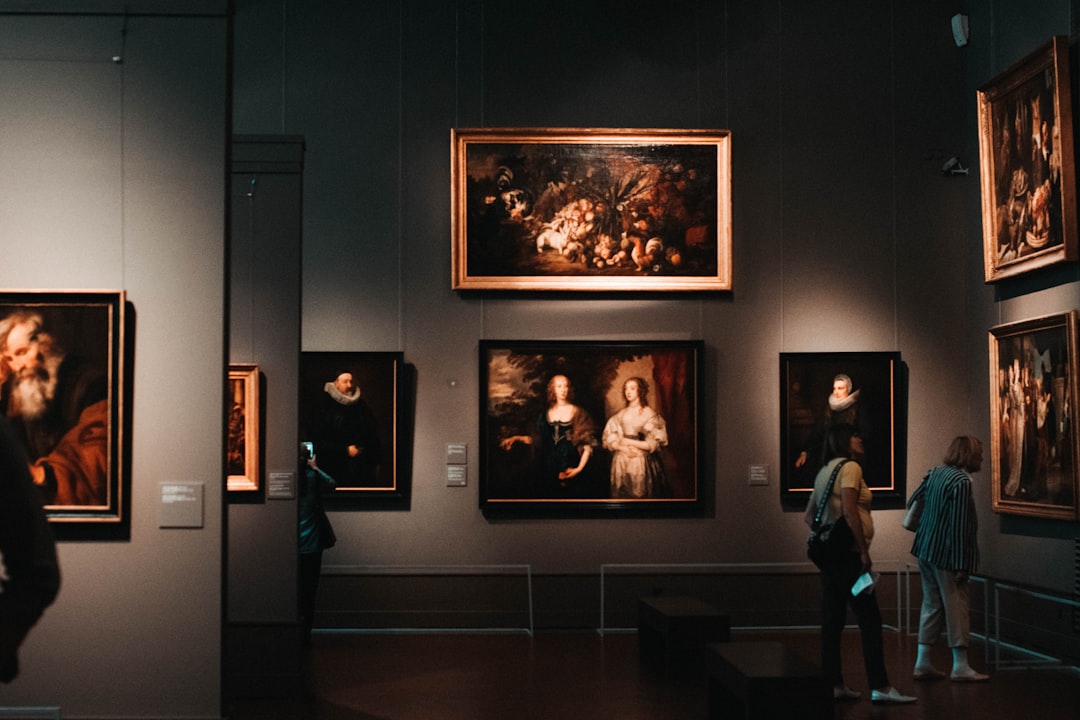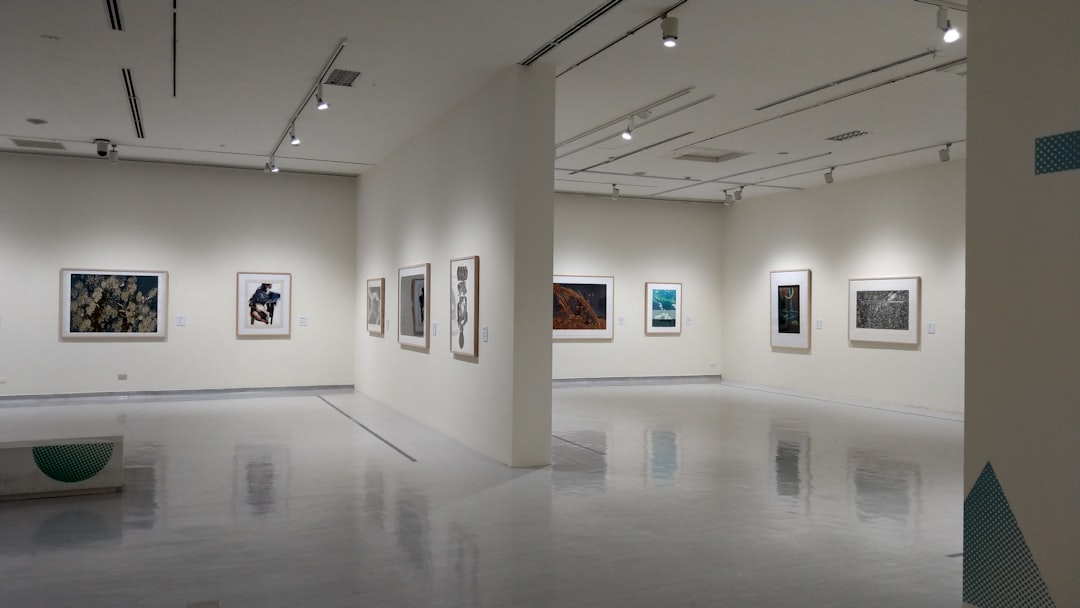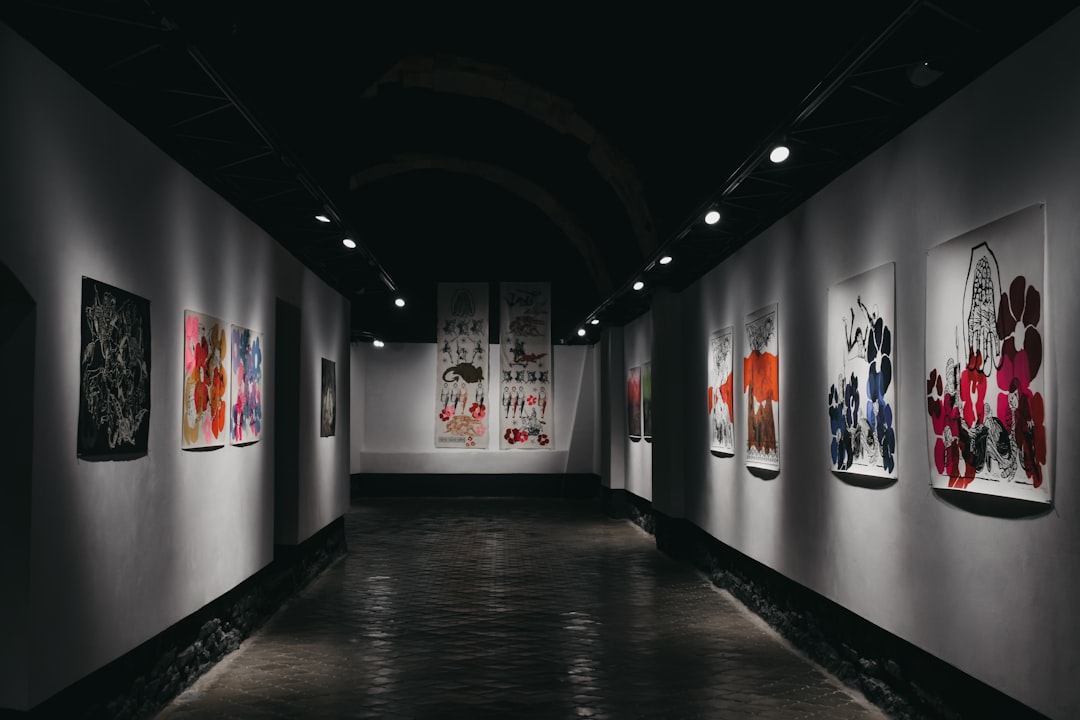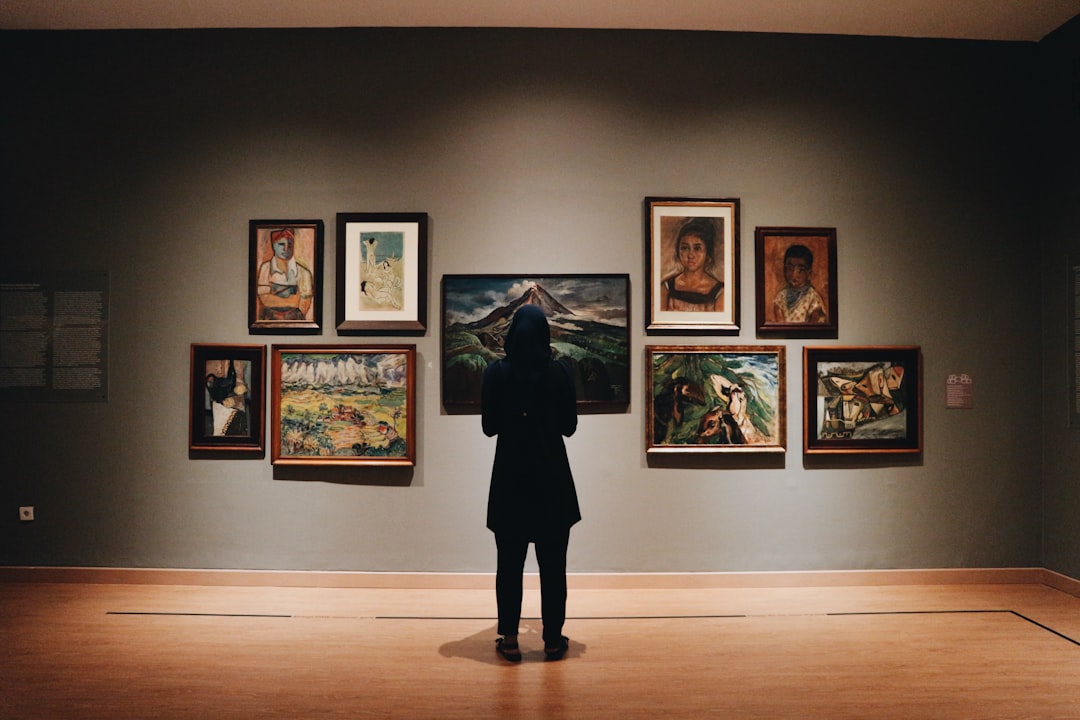Welcome to the world of crypto art, where technology and art intersect to revolutionize the way we perceive, create, and consume art. This emerging field is changing the traditional art world by leveraging cryptocurrencies and blockchain technology to create a new paradigm that is more accessible, transparent, and innovative.
Crypto art is a relatively new concept that has gained momentum in recent years, thanks to the emergence of cryptocurrencies such as Bitcoin, Ethereum, and others. Cryptocurrencies use blockchain technology, which is decentralized and secure, to enable transactions without the need for intermediaries such as banks or financial institutions.
This technology has opened up new possibilities for artists, collectors, and art lovers, who can now participate in a decentralized and global marketplace that is not limited by traditional barriers such as borders, currencies, or intermediaries.
The crypto art revolution is not just about buying and selling digital art using cryptocurrencies; it is about creating a new art ecosystem that is more democratic, inclusive, and innovative. It is about empowering artists to reach new audiences, monetize their work directly, and retain control over their creative output.
The crypto art revolution is also about creating new investment opportunities for collectors and investors who are looking for alternative assets to diversify their portfolios. With the rise of non-fungible tokens (NFTs), which are unique digital assets that are stored on the blockchain, art collectors can now own and trade digital art just like they would physical art.
The crypto art revolution is just beginning, and we are witnessing a new era of creativity, innovation, and collaboration. In this blog post, we will explore the emergence of cryptocurrencies and blockchain technology, the intersection of art and technology, the game-changing impact of NFTs, the implications for artists and collectors, the investment opportunities, and the future developments that are shaping the crypto art landscape.
The Emergence of Cryptocurrencies and Blockchain Technology
Cryptocurrencies and blockchain technology have been making waves in the finance industry, but their impact is not limited to just the financial world. They have opened up new possibilities and opportunities for various fields, including the art world.
Cryptocurrencies, which are digital or virtual currencies, are secured using cryptography, which makes them difficult to counterfeit or double-spend. The most popular and well-known cryptocurrency is Bitcoin, which was created in 2009. Since then, many other cryptocurrencies have emerged, including Ethereum, Litecoin, and Ripple.
Blockchain technology, on the other hand, is the underlying technology that powers cryptocurrencies. It is essentially a decentralized ledger that allows for secure and transparent transactions without the need for intermediaries. It is immutable, meaning that once a transaction is recorded on the blockchain, it cannot be altered or deleted.
The emergence of cryptocurrencies and blockchain technology has created new possibilities for the art world. It has made it possible for artists to receive payments directly from buyers without the need for intermediaries such as art galleries or auction houses. It has also made it possible for artists to verify the authenticity of their works and maintain control over their creations long after they have been sold.
Furthermore, blockchain technology has made it possible for art collectors to verify the authenticity of the works they purchase and track their ownership history. This has increased transparency in the art market, which has traditionally been opaque and exclusive.
Overall, the emergence of cryptocurrencies and blockchain technology has significantly impacted the art world, and we are only scratching the surface of what is possible. As we will see in the next section, the intersection of art and technology has led to the creation of game-changing innovations such as NFTs.
The emergence of cryptocurrencies and blockchain technology has created new possibilities for the art world.
The Intersection of Art and Technology
Art and technology have been intertwined throughout history. From the earliest cave paintings to modern digital art, artists have always used the tools available to them to create and express their vision. As technology has advanced, so too has the art that it inspires.
In recent years, the intersection of art and technology has become even more pronounced. Digital art, which was once considered a niche medium, has exploded in popularity, with artists using everything from Photoshop to VR to create stunning works. At the same time, the rise of blockchain technology has opened up new possibilities for artists to monetize their work and reach a global audience.
The potential for blockchain technology to transform the art world is enormous. By using blockchain-based platforms such as NFT marketplaces, artists can sell their work directly to collectors without the need for intermediaries such as galleries or auction houses. This not only gives artists greater control over their work, but also allows them to earn a greater share of the profits.
But the impact of blockchain technology on the art world goes beyond just sales. It also has the potential to change the way that we think about ownership and authenticity in art. By creating unique, verifiable digital assets through NFTs, artists can ensure that their work is one-of-a-kind and cannot be replicated or forged. This could have major implications for the art market, which has long struggled with issues of authenticity and provenance.
Of course, the intersection of art and technology is not without its challenges. As with any emerging field, there are questions about how to regulate and protect the rights of artists and collectors. There are also concerns about the environmental impact of blockchain technology, which requires significant amounts of energy to operate.
Despite these challenges, the potential for blockchain technology to transform the art world is too great to ignore. As artists continue to explore the possibilities of this new medium, we are sure to see a wave of innovation and creativity that will shape the future of the art world for years to come.
As artists continue to explore the possibilities of this new medium, we are sure to see a wave of innovation and creativity that will shape the future of the art world for years to come.
NFTs: A Game-Changer for the Art World
When cryptocurrency and blockchain technology first emerged, many people had no idea what to make of it. It was difficult to understand how these technologies could be applied beyond the realm of finance. But as it turns out, blockchain technology has the potential to revolutionize many industries, including the art world.
One of the most exciting developments in this space is the emergence of non-fungible tokens, or NFTs. NFTs are a type of digital asset that are unique and indivisible, meaning that they cannot be replicated or divided. This makes them ideal for use in the art world, where authenticity and uniqueness are highly valued.
NFTs have the potential to change the way we think about art ownership and provenance. In the past, it was often difficult to track the ownership and history of a piece of art. This made it difficult for collectors and institutions to verify the authenticity of a piece and to ensure that it was not a forgery. With NFTs, however, ownership and provenance can be recorded on the blockchain, making it much easier to verify the authenticity of a piece and to track its history.
But NFTs are not just useful for verifying the authenticity of art. They also open up new possibilities for artists and collectors. For artists, NFTs make it possible to monetize digital art in a way that was previously impossible. Because NFTs are unique and indivisible, artists can sell one-of-a-kind digital artwork that cannot be replicated or distributed without their permission. This has the potential to create new revenue streams for artists and to make digital art more valuable.
For collectors, NFTs offer a new way to invest in art. Because NFTs are unique and indivisible, they are highly collectible. This means that collectors can invest in digital art just as they would invest in physical art. And because NFTs are recorded on the blockchain, they offer a level of transparency and security that is not possible with physical art.
Overall, NFTs have the potential to be a game-changer for the art world. They offer new possibilities for artists and collectors, and they have the potential to change the way we think about art ownership and provenance. As the technology develops, it will be exciting to see how NFTs continue to shape the art world.
As the technology develops, it will be exciting to see how NFTs continue to shape the art world.
The Implications for Artists and Collectors
The rise of crypto art has created a lot of buzz in the art world, and for good reason. This new technology has the potential to completely revolutionize the way artists and collectors approach their work.
For artists, the emergence of NFTs means that they can finally monetize their digital creations in a way that was previously impossible. This opens up a whole new world of possibilities for artists who may have been struggling to make a living from their work. It also allows them to reach a wider audience, as NFTs can be bought and sold all over the world through blockchain technology.
For collectors, NFTs offer a new way to invest in art. Traditionally, investing in art has been limited to physical pieces that are bought and sold at auctions or through galleries. With NFTs, collectors can invest in digital art that is unique and verified through blockchain technology. This allows for a whole new level of transparency and security in the art market, which has historically been plagued by fraud and forgery.
But the implications of crypto art go beyond just financial gain. It also opens up new avenues for artistic expression and experimentation. The digital format allows for artists to push the boundaries of what is possible with traditional art forms, and explore new mediums and techniques.
There are also questions about the environmental impact of crypto art, as the energy required to create and trade NFTs can be significant. However, there are already efforts underway to address these concerns and make crypto art more sustainable.
Overall, the implications of crypto art are vast and exciting. It has the potential to democratize the art world, making it more accessible and transparent for both artists and collectors. It also offers new opportunities for artistic expression and experimentation. As the technology continues to develop, it will be interesting to see how it evolves and what new possibilities it will unlock.
The digital format allows for artists to push the boundaries of what is possible with traditional art forms, and explore new mediums and techniques.
Investment Opportunities and Future Developments
As the world of crypto art continues to evolve, there are numerous investment opportunities available to those who have the foresight to see the potential of this new market. While NFTs have certainly been the buzzword of the day, there are many other exciting developments taking place in the world of digital art and blockchain technology.
One area to watch is the rise of decentralized autonomous organizations (DAOs). These are essentially decentralized organizations that are run by a community of stakeholders through smart contracts and blockchain technology. In the context of crypto art, DAOs could be used to fund art projects, commission works from artists, and establish new marketplaces for buying and selling digital art.
Another exciting development is the emergence of metaverse projects such as Decentraland and Somnium Space. These are virtual worlds that are powered by blockchain technology and allow users to own and trade virtual assets. While these projects are still in their early stages, they have the potential to revolutionize the way we think about digital ownership and the value of virtual assets.
Of course, like any emerging market, there are risks and uncertainties associated with investing in crypto art. However, for those who are willing to do their due diligence and stay on top of new developments in the space, there are certainly opportunities to be had.
As we look to the future of crypto art, it’s clear that this is a market that is still in its infancy. While NFTs have certainly captured the attention of the world, there is still so much more to explore and discover in this exciting new world. Whether you’re an artist, a collector, or an investor, there’s never been a better time to get involved in the crypto art revolution.
As we look to the future of crypto art, it’s clear that this is a market that is still in its infancy.
Conclusion: The Future of Crypto Art
As we conclude this blog post, it’s fascinating to think about the future of crypto art. With the blockchain technology and cryptocurrencies, we can expect to see many more innovative initiatives in the art world.
The emergence of NFTs has opened up new possibilities for artists and collectors alike. We can expect to see more and more artists creating and selling their digital art on blockchain platforms, and collectors investing in these unique pieces.
One of the most exciting aspects of crypto art is that it’s not limited by geographic boundaries. Artists from all over the world can create and sell their art to a global audience, while collectors can easily access and own these unique pieces.
Moreover, we can expect to see more investment opportunities in crypto art as the market evolves. As more artists enter the crypto art space, we can expect to see more demand for their work, leading to potential growth in value.
Finally, it’s worth noting that the future of crypto art is not yet fully defined. With the rapid pace of technological advancements, we can expect to see even more innovative solutions and opportunities emerging in the future. We must remain open-minded and curious as we navigate this new era of art and technology.
In conclusion, the crypto art revolution is here to stay, and we can expect to see even more exciting developments in the future. Whether you’re an artist, collector, or investor, there’s never been a better time to get involved in the crypto art market.





